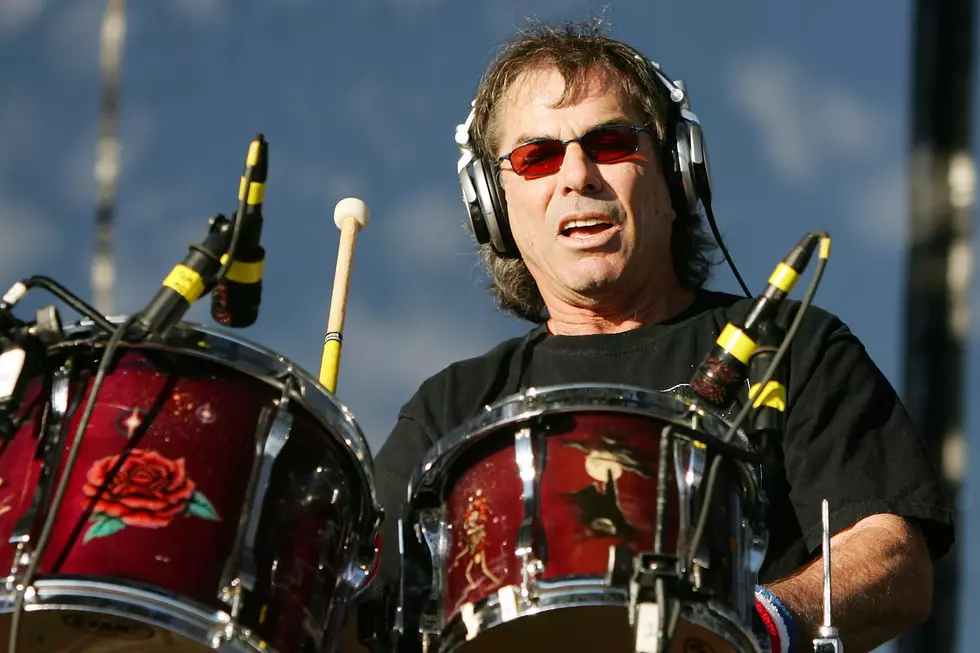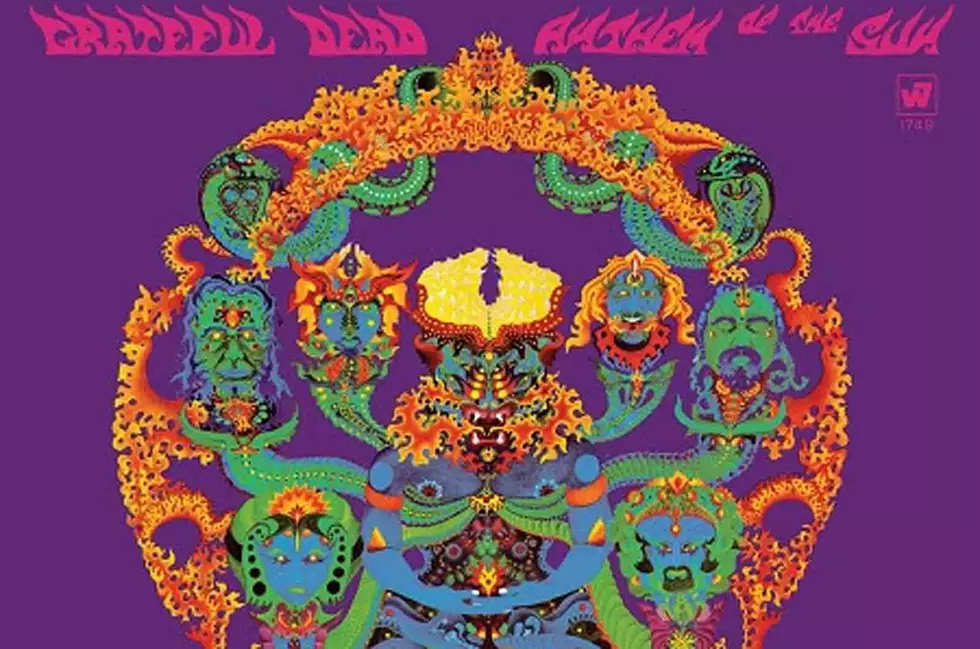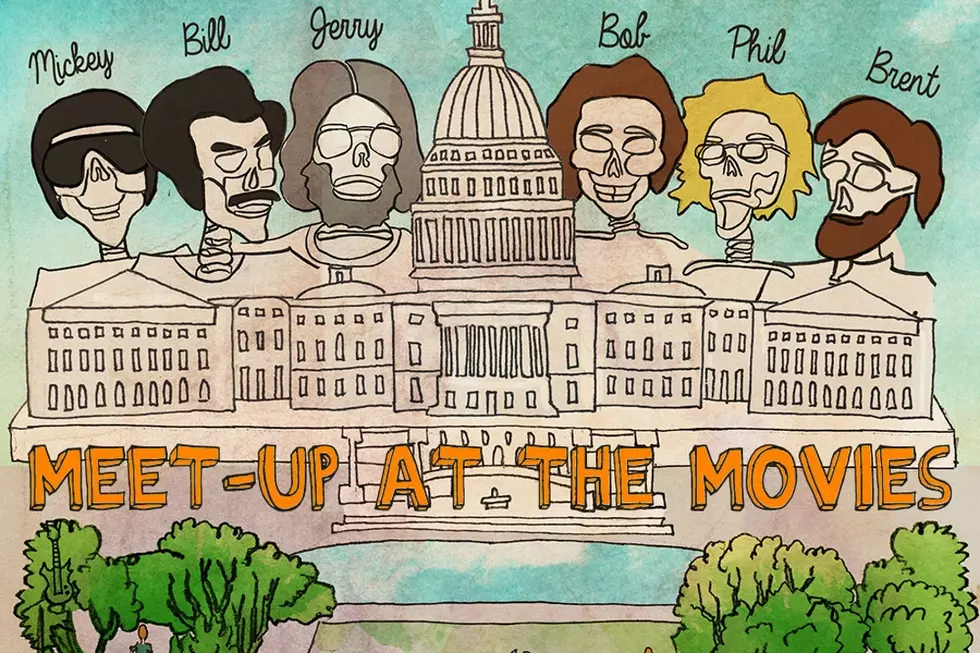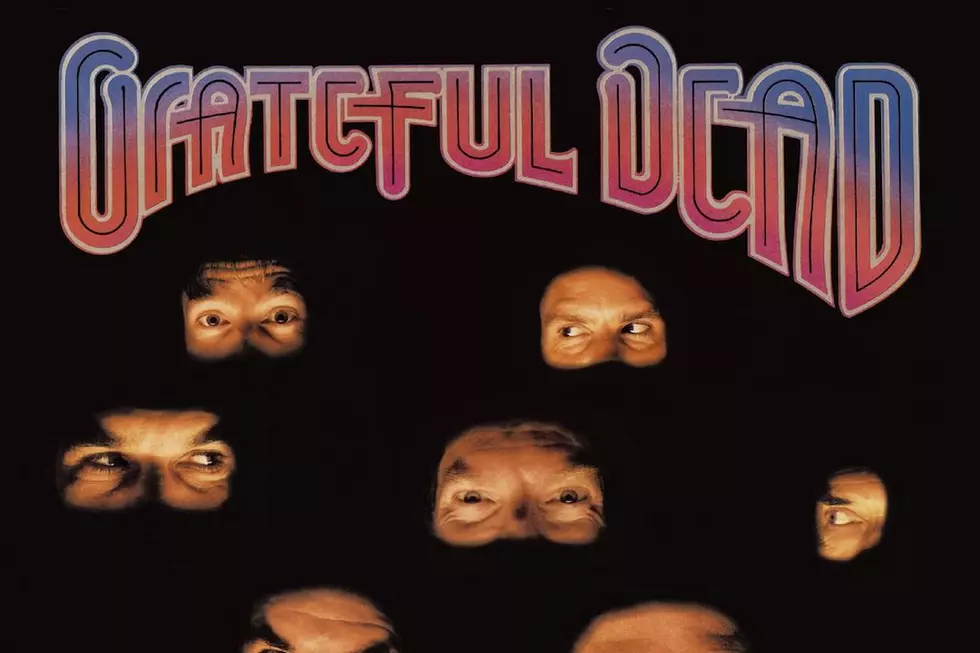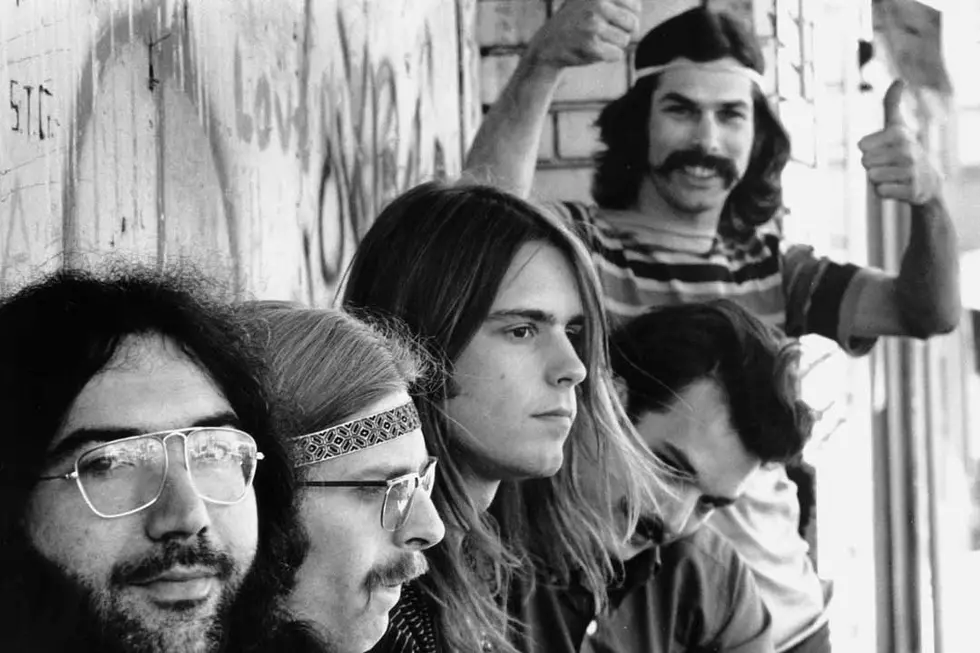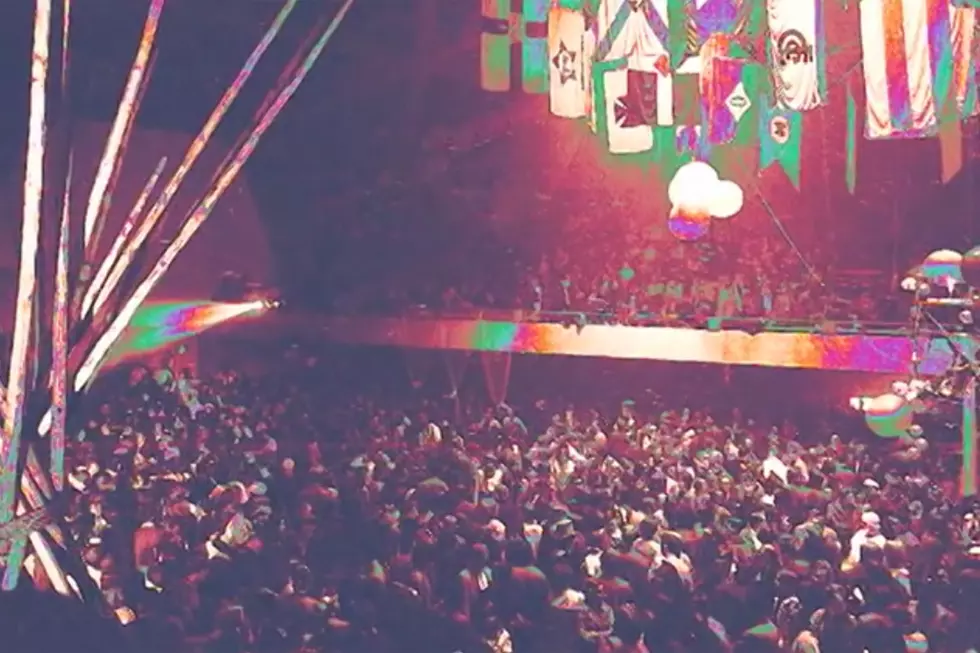
50 Years Ago: Grateful Dead and Big Brother & the Holding Company Begin the Haight-Ashbury Era at the Trips Festival
On Jan. 21-23, 1966, the Longshoremen's Hall in San Francisco was the site of the Trips Festival. The event, which featured performances by the Grateful Dead and Big Brother & the Holding Company, is widely credited with being the start of the hippie counterculture that would emerge within the next year.
The Trips Festival was the brainchild of author Ken Kesey, who was conducting "acid tests" -- wild parties in the Bay Area that featured music, dancing, theater, strobe lights, Day-Glo paint and free access to LSD, which was legal at the time. He and writer Stewart Brand decided to take it to the next level and hold a three-day festival. More than 6,000 people filled the hall.
Promoter Bill Graham helped organize the event, billed as a "new medium of communication & entertainment" that promised "a JUBILANT occasion where the audience PARTICIPATES because it's more fun to do so than not."
The acid test was held on Saturday, Jan. 22, featuring punch spiked with LSD. Tom Wolfe described the scene in The Electric Kool-Aid Acid Test. "Lights and movies sweeping around the hall; five movie projectors going and God knows how many light machines, interferrometrics, the intergalactic science-fiction seas all over the walls, loudspeakers studding the hall all the way around like flaming chandeliers, strobes exploding, black lights with Day-Glo objects under them and Day-Glo paint to play with, street lights at every entrance flashing red and yellow, two bands, the Grateful Dead and Big Brother & the Holding Company and a troop of weird girls in leotards leaping around the edges blowing dog whistles."
"That's where we learned what it was that we were up to," Dead bassist Phil Lesh recalled in The Trips Festival Movie. "It wasn't just, you come and you sit, we deliver and you take it in. There was more an ebb and flow between the band and the audience."
The Trips Festival was one of Big Brother's first public performances; Janis Joplin had yet to join the band. After Big Brother's brief set, the Grateful Dead took the stage, fully buzzed.
"I look out over the people, and they are an ocean, oily swells moving on the vast deep; even though we're not playing yet, there's plenty of rhythm – audible, tactile, visible, with waves of light connecting the dancers as they move," Lesh wrote in Searching for the Sound: My Life with the Grateful Dead. "We play – what else? 'In the Midnight Hour,' our signature rave-up jam-out lost-in-the-stars tune; and just how did that R&B standard love-call turn into some kind of cosmic anthem, anyhow?"
The Festival's innovative mix of music, theater and light enjoyed by thousands of stoned hippies forecast what was to come as Trips Festivals were staged in other cities. Graham began to stage regular rock concerts at the Fillmore Auditorium. San Francisco's Human Be-In took place in January 1967. The Monterey Pop Festival followed in June and the Summer of Love vibe spread across the country. Wolfe and many others cite the Trips Festival as the catalyst.
"For the acid heads themselves, the Trips Festival was like the first national convention of an underground movement that had existed on a hush-hush cell-by-cell basis," Wolfe wrote. "The heads were amazed at how big their own ranks had become – and euphoric over the fact that they could come out in the open, high as baboons, and the sky, and the law, wouldn't fall down on them […] The Haight-Ashbury era began that weekend."
Grateful Dead Albums, Ranked Worst to Best
More From 96.1 The Eagle

